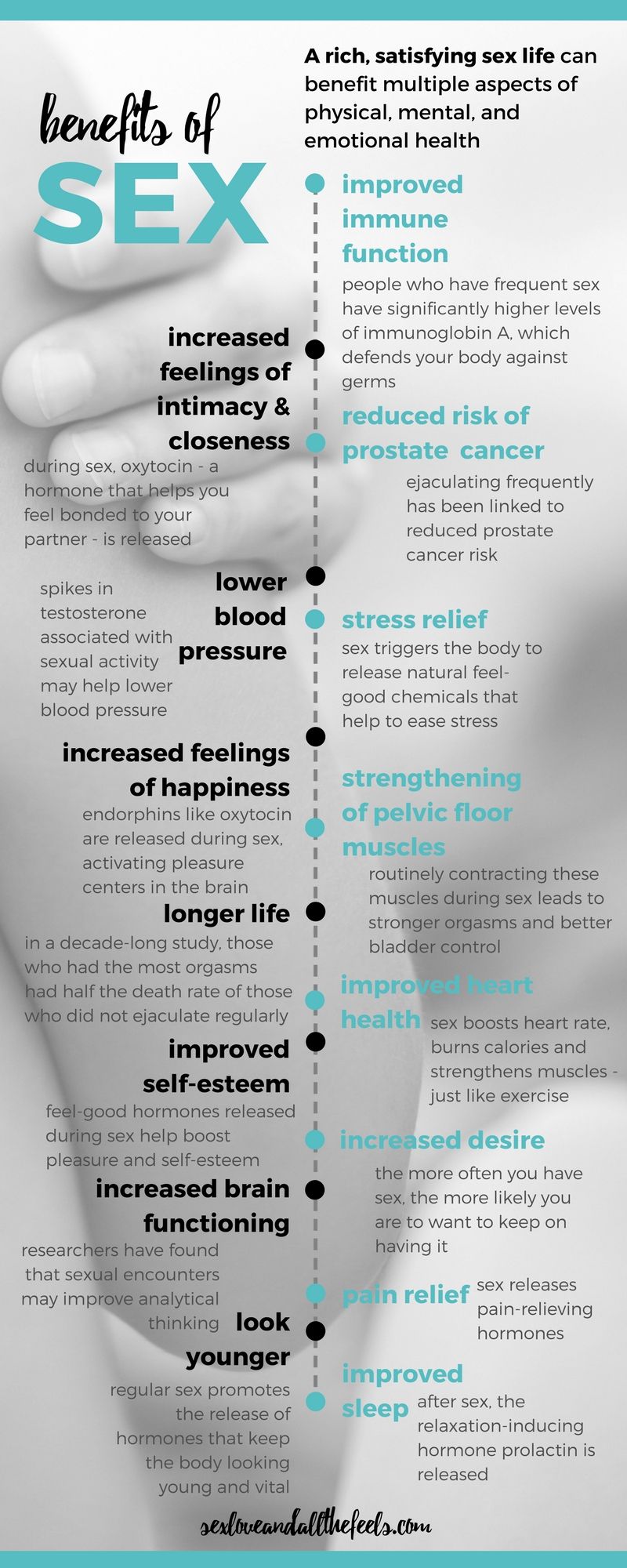Linesnap99
Waiting for info.
-
- Joined
- Mar 31, 2020
- Posts
- 23,224
This paper presents a lifespan perspective of sexuality issues for individuals with developmental disabilities.
From a historical perspective, the Eugenics movement spanning from 1880 –1940 led to forced mass sterilization and the segregation of people with developmental disabilities from mainstream society (King & Richards, 2002; Löfgren‐Mårtenson, 2004). As a prime example, in 1927, during the case of Buck v Bell, 274 U.S 2000 (1927), the United States Supreme Court upheld the constitutionality of involuntary sterilization on individuals with mental retardation.
Not only have individuals with developmental disabilities been viewed as sexually deviant (Di Giulio, 2003), but they have also been seen as irrelevant, prone to criminality, asexual, and problematic to society (Karellou, 2003; King & Richards, 2002).
then there is a story about a foid. how she and had difficulties with her health.
the article continues
Current cultural ideology bombards us with beautiful body images that are virtually impossible for someone with a physical disability to attain (Cole & Cole, 1993). Such messages, in turn, cultivate a negative self‐ image and low self‐esteem (Bradley & Burke, 2002). Potgieter and Khan (2005) interviewed adolescents with spinal cord injuries who discussed the battle they face about not meeting conventional standards of beauty. In this regard, some individuals perceived themselves as doubly disabled—that is, disabled and unattractive.
looks impacts every aspects of life
Sexual self‐esteem is so vital that Mayer, Heller, and Heller (1993) have even cited damages to sexual self‐esteem as a kind of disability in and of itself. Such a low self‐esteem detracts from the individual’s self‐image and ultimately satisfaction with life.
without sexual desire and sex you become an empty shell.
samanthas sob story continues
Samantha desires a boyfriend just as much as her friends at school.She begins to think she is not worthy of a boyfriend, and even questions the authenticity of her friendships. As a 28 year old, Samantha has recently moved into a group home with three other individuals who also have various developmental disabilities
In the community, there is a man named Ray that Samantha has grown quite fond of. Ray works with her at her workplace where they see each other weekly. He too, has expressed an interest in Samantha and has told her so. Eventually, their friendship developed into something more, and for the past several years, they refer to each other as “boyfriend and girlfriend.” Naturally, they would like to see each other more than just at work, however this usually depends on staff and what is happening (e.g., appointments) in their group homes. They would like to take the next step in their relationship and become intimate. A few times they
have been caught at work embracing and kissing.
disabled foid gets a boyfriend. while you rot with no girlfriend.
Shakespeare (2000) states that intimacy, relationship building, warmth, validation, and a sense of connection to others is just as critical to people with developmental disabilities as it is to typically developed adults.
give me a medal for surviving without any of that
humans are social being and looks brings in validation and intimacy.
A support worker takes Samantha and Ray out on a “date” each Thursday night and they also have opportunities to talk on the phone everyday.
no foid support worker for your face.
According to Cole and Cole (1993), “[w]e are sexual until our death”
Last edited:






